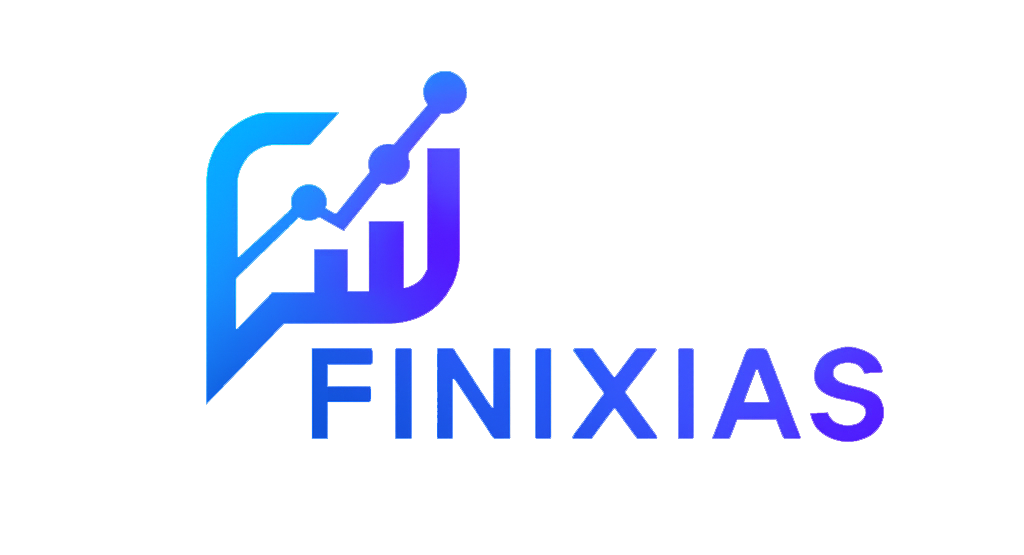Solana: Between Promise and Technical Pressure
In the fast-moving world of next-gen blockchains, Solana stands out. It’s fast, scalable, and ultra low-cost—features that attract both developers and investors eager for efficiency. Marketed as a direct Ethereum alternative, Solana has built a robust ecosystem. But behind its performance claims lie serious technical and structural challenges.
Thank you for your interest in felis mauris quisque scelerisque, porta placerat pharetra, ac sodales vel vitae tincidunt mauris arcu placerat mi quis lorem parturient rutrum.
01
Performance That Turns Heads—But with a Catch
Solana’s core appeal lies in its hybrid architecture: Proof-of-Stake paired with Proof-of-History. That design enables theoretical throughput of 60,000+ transactions per second, near-instant confirmation times, and fees typically below $0.01. This performance makes it ideal for high-frequency use cases—Web3 gaming, payments, or decentralized exchanges. Its integration into Shopify’s commerce ecosystem signals Solana’s ambition to push beyond speculative crypto and into mainstream utility.
02
Outages and Congestion: Stability Still Unproven
No system is perfect. Solana has suffered several high-profile network outages, most notably in February 2024, when the chain went dark for five hours. Each such incident provokes a recurring question: can you trust a blockchain that stops working? Even absent full shutdowns, congestion remains a persistent issue. Call it “crypto traffic jams”: during major token launches or NFT drops, failed or delayed transactions spike. That experience hurts users and pushes some developers toward “safer” alternatives.
03
Centralization, Regulation: The Hidden Fault Lines
Technical risks aren’t the only problem. The concentration of staking is alarming—by late 2023, three pools controlled over 93% of staked SOL, per U.S. government data. That power concentration raises governance and network-resilience red flags. On the regulatory front, things get murky. The CME’s launch of SOL futures highlights growing institutional interest—but it also invites scrutiny. As global crypto regulations tighten, Solana and its peers are vulnerable to sudden legal constraints or compliance hurdles.
04
Bullish Breakout Scenarios vs. Latent Risk
With SOL trading near $225, the outlook is anything but boring. A clear breakout above $257, fueled by institutional demand (say, via a Solana ETF), could trigger a fresh rally. Yet risks loom: technical failure, regulatory clampdown, or stagnating ecosystem growth could drag SOL back toward $200—or worse. Add in stiff competition: Ethereum’s aggressive Layer 2 push, plus nimble challengers like Aptos, Sui, and Avalanche.


Bottom Line: High Potential, but Tightly Under Watch
Solana remains a blockchain of promise. Its technical model, low-cost structure, and ecosystem depth make it a strong contender. But promise alone doesn’t guarantee success—Solana must prove its reliability over time.
Over the coming months, three pillars will be critical: stability, governance, and security. Solana is not done writing its story—what matters now is whether it can instill confidence, not just excitement.

